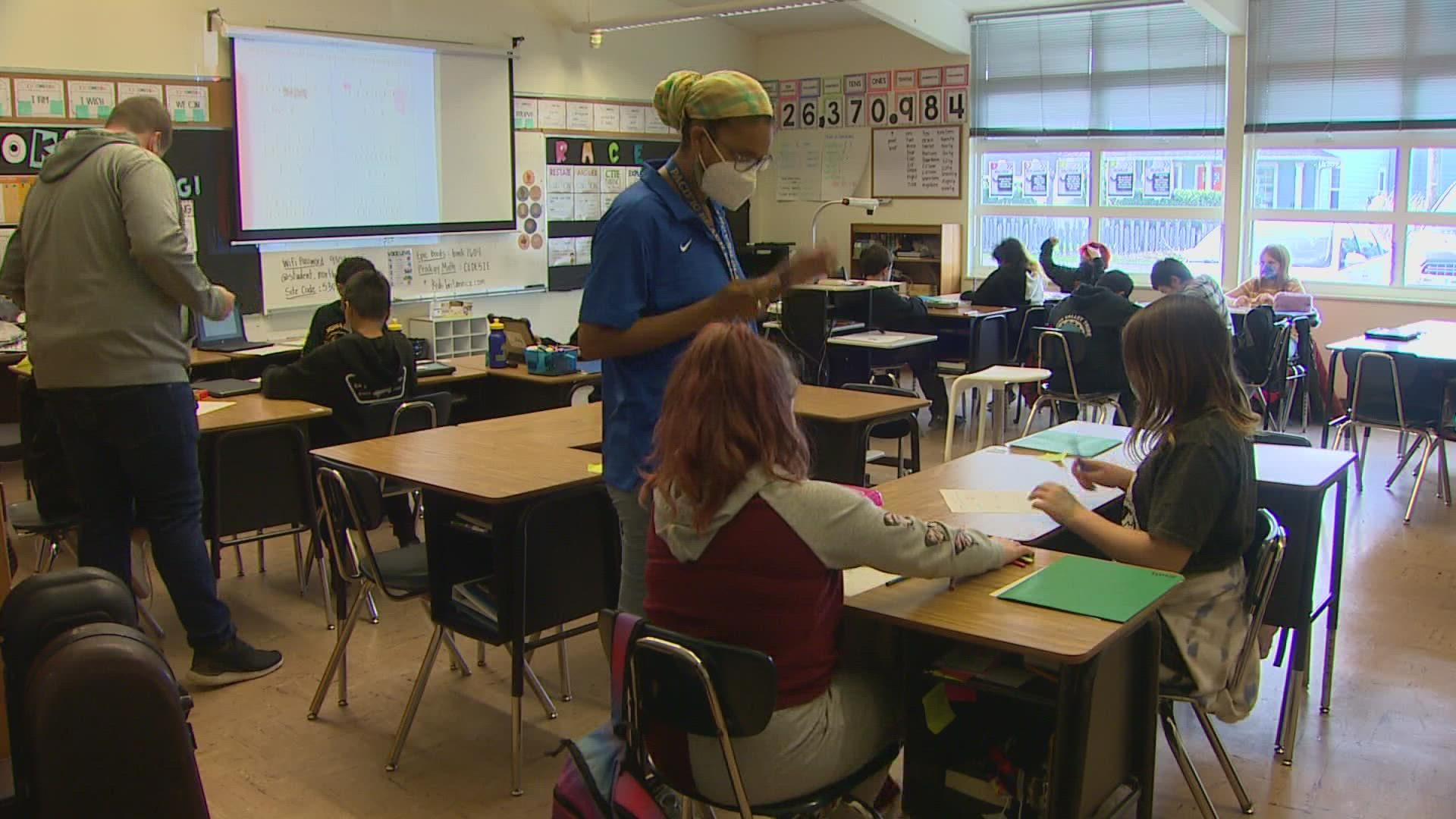PACIFIC BEACH, Wash — Residents who live in the North Beach School District on Washington’s coast are being asked to approve a $110 million bond levy on Feb. 8, most of it to mitigate the risk from earthquakes and tsunamis.
The most vulnerable school is Pacific Beach Elementary School, which based on new maps from the Washington Geological Survey under the state Department of Natural Resources would be covered under 29 feet of water following a major coastal earthquake along the Cascadia fault.
The money would also be used to build additional classrooms at Ocean Shores Elementary School, which would also serve as a vertical evacuation structure to give students, faculty, staff and members of the community a place to get above tsunami waves.
The district’s North Beach Middle/High School would use the money to build a new performing arts center which would also have a dual purpose enclosed vertical evacuation structure that would also be available to community members.
“I hope for most of our voters it makes sense, and I know it’s a tax ask,” said North Beach Superintendent Andy Kelly. “I wish our state was structured differently around funding capital improvements.”
What will it cost homeowners?
“We’re asking an additional $1.46 per thousand to get this $110 million generated,” said Kelly. “And the cost to taxpayers will be about an additional $31.50 per month if you’re in a $300,000 home.”
Pacific Beach Elementary was built in 1956, in an era when little was known about the geologically driven violence that last rocked the Washington coast on Jan. 26, 1700.
Washington; Oregon; Vancouver Island, British Columbia and parts of Northern California all face a massive fault line called the Cascadia Subduction Zone. This is where parts of the ocean floor that are on one crustal plate are pushed and pulled under the North American plate. The plates are locked by friction. Scientists say when the pressure becomes too great the plates will slide past each other violently creating an earthquake in the magnitude 9 range.
The shift between the plates underwater drives energy into the ocean which becomes a tsunami as that energy comes into shore.
The quake would be similar to the Tohoku earthquake and tsunami of March 2011 that killed nearly 20,000 people.

